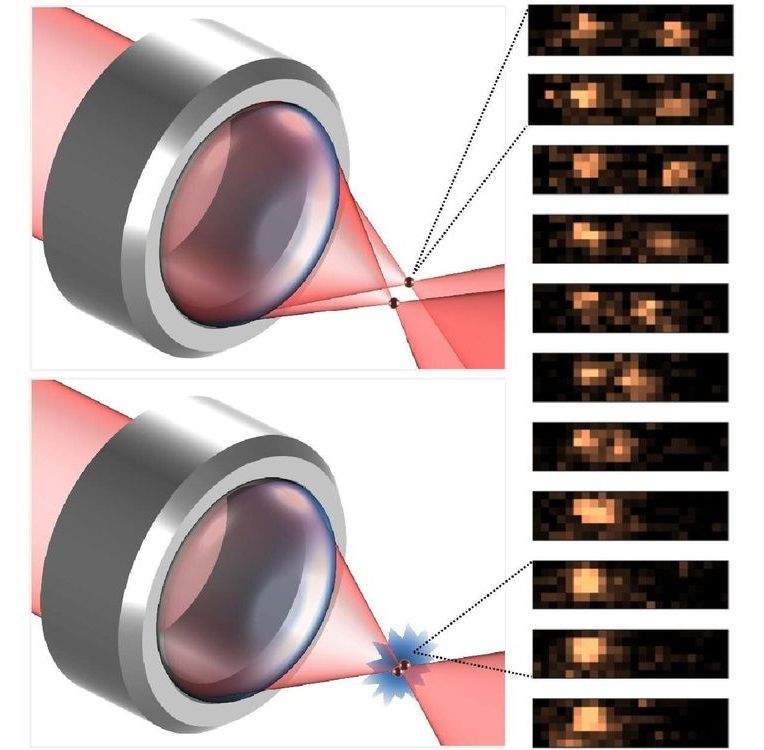Apr 24, 2019
Telsa Will Make an Electric Leafblower As Garden Equipment is a Big Pollution Source
Posted by Quinn Sena in categories: Elon Musk, sustainability, transportation
Elon Musk has tweeted that Tesla will make a quiet electric leaf blower.
In 2017, the California Air Resources Board, said that by 2020, the biggest single ozone polluter in California is going to be all this gardening equipment.
California has 16 million gas-powered garden machines from leaf blowers to mowers.
















